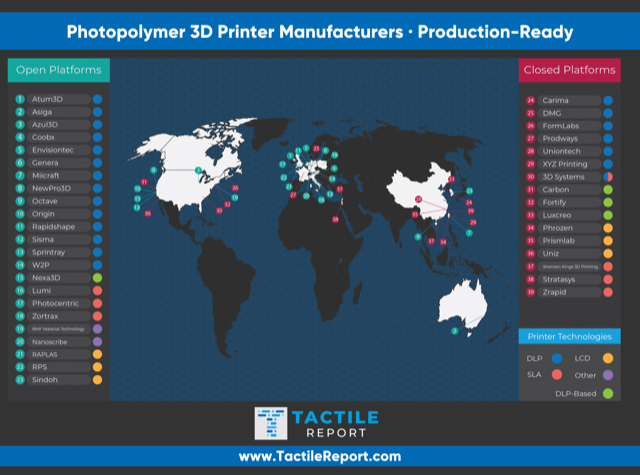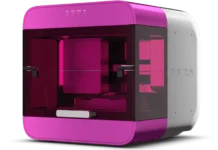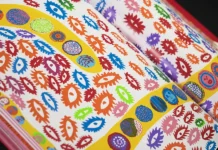Consulting firm Tactile Materials Solutions, Vancouver, Washington, has announced the release of its Tactile Report. Principal author Dr. Stephanie Benight, president of Tactile Materials Solutions, stated that the report includes recent advances, resins available, 3D printer OEMs, key players and information to guide the reader through the open vs. closed printer manufacturer landscape.
Photopolymers are reported to capture over half of the market for polymer materials used in 3D printing. Recent advances in materials and enhancements of print technologies have yielded an explosive growth in the adoption of photopolymer-based printing for prototyping development and production of real-world products. With nearly 40 photopolymer 3D printer manufacturers identified globally, this growth is only expected to continue.
Given the synergy between photopolymer-based technology and what is required for additively manufactured real-world products, Tactile Materials Solutions wanted to capture the readiness of this technology for production, but also as much of the activity in this segment of the 3D printing space as possible, according to Benight. The idea with the Tactile Report is to have all of this information in one place for industry veterans and newcomers.
This report is intended for materials providers, machine manufacturers, current customers of 3D printing production technology, those looking to manufacture with 3D printing or incorporate 3D printing into their manufacturing ecosystem and 3D printing enthusiasts.
This report includes:
- A comprehensive overview of all photopolymer resin material companies, their current list of products and 3D printers that utilize photopolymer technology.
- A section explaining why companies should consider UV cured materials for 3D printing applications and current traction these technologies are getting in the marketplace.
- An explanation of the difference between “open” and “closed” printer OEMs, and the pros and cons of both.
- Examples and overview of applications and industries utilizing photopolymers with specific case examples/studies.
- Photopolymer-related highlights from Formnext 2020.
- Comments on the importance of standards in 3D printing and the current state of testing standards around photopolymer-based technologies for 3D printing.
A complete summary of all 39 production-ready photopolymer 3D printer OEM’s, including 3D Systems, Atum3D, Azul3D, BMF, Carbon, Coobx, Envisiontec, FormLabs, Fortify, Genera, Nexa3D, Origin, Prodways, Raplas, Rapidshape, RPS, Sisma, Stratasys and many others.
For more information, visit www.TactileReport.com.







